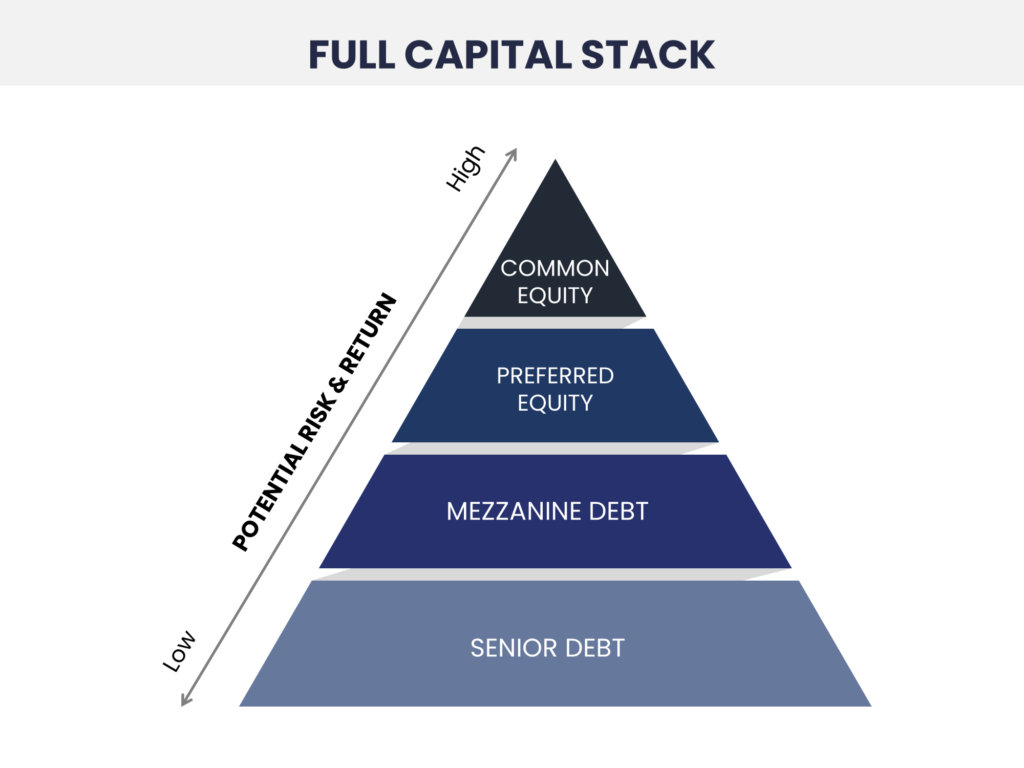Real estate development and investing are complex processes, with a wide range of activities for investors to track and manage for a successful project. Budgeting and tracking costs are one of these tasks, and it is incredibly important to the overall success of any project — especially in a market with uncertainty and price fluctuations.
An important distinction that investors and developers should be aware of is the difference between hard costs and soft costs in real estate development. Hard costs refer to the tangible costs associated with a development project, while soft costs are more intangible expenses. In this blog post, we’ll discuss the differences between hard costs and soft costs in real estate development and how to manage them best.
What are Hard Costs?
Hard costs are costs directly related to the construction of the physical asset. Think “brick-and-mortar costs” of the project, as well as labor costs for construction of the real estate development.
Some examples include:
- Materials and supplies such as drywall, timber, and tile
- Labor costs like carpentry and plumbing
- Clearing, grading, excavation
- Equipment
- Landscaping
- Utilities
In general, estimating hard costs is straightforward, as gathering information about the costs of materials and services for development is readily available. However, as projects are underway, unforeseen changes or challenges can add to these hard costs, such as a rise in the price of materials or additional development requirements. Additionally, different markets will have fluctuations in hard costs. Having a solid estimate of the hard costs of any development project is essential to staying on budget and capturing as much profit from the investment as possible.
What are Soft Costs?
Soft costs are all expenses indirectly related to the development of a property. Because these costs are not visible, they can be less obvious, but nonetheless are essential to the development of the asset. These costs provide for the strategic and admin work involved in any development project and can be more difficult to accurately account for when planning.
Some examples include:
- Architecture /Engineering
- Inspections
- Permits
- Taxes, legal fees
Whereas hard costs end at the completion of construction, soft costs can continue and include building maintenance, insurance costs, and other fees.
The Importance of Considering Both Types of Costs
As an investor, understanding and estimating the hard and soft costs of a project is essential to its success. Hard costs may face challenges based on the geographic location of the project, fluctuations in supply and labor pricing, and the overall skill and experience of the budget developer. Soft costs require experience in the market to accurately project the invisible costs that build up as the project moves forward.
As projects are completed, investors need to reflect on how accurately their hard and soft costs were estimated and examine what trends appear. Is there a line item that is being consistently missed that is added later into the project? What recurring issues pop up throughout the process that must be addressed? By gathering and evaluating data from each project, investors can understand where their budgeting issues lie and be better prepared for the future.
Investor Loan Source, a private money lending company, provides high-quality investment property loans to private real estate investors at the lowest costs possible. Our process for providing real estate investors with private lending is unique. We place emphasis on the hard asset and value of the collateral (property) and less on the borrower. Our asset-based real estate investment loan model means we can provide more money lending to more investors than is available from standard bank loan models. At Investor Loan Source, providing real estate investors hard money loans is our business; it’s all we do. We offer several business real estate loan products designed to serve a variety of investors and property profiles, including private money lending for properties to sell on owner finance.
To learn more about Investor Loan Source, visit our website or follow us on LinkedIn, Facebook, and Twitter. To apply for a loan, click HERE.






